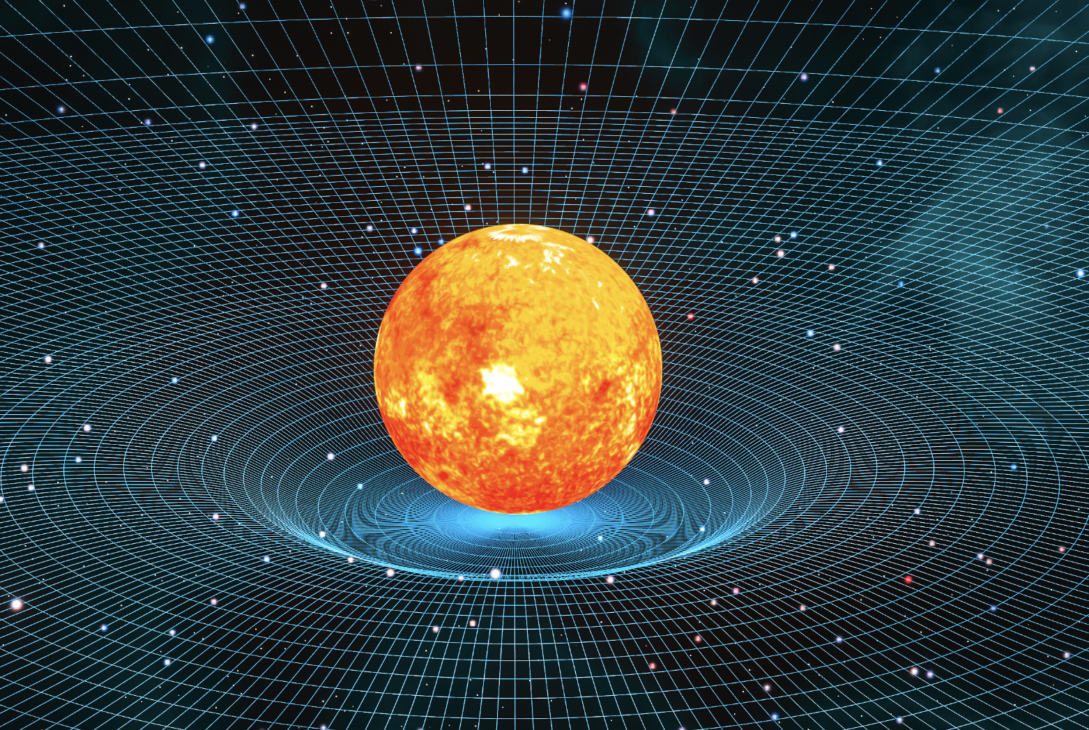The vast, immeasurable distances of space have long posed challenges to the realm of communication. The messages we send to our probes on Mars, for instance, take around 20 minutes to reach their destination. In a universe measured by light years, this delay is relatively inconsequential. But as we dream of venturing further into the cosmos, reaching into the depths of space, the latency in our current communication systems will become a significant obstacle. It’s here that quantum mechanics, specifically a phenomenon known as quantum entanglement, potentially offers a solution. Let’s dive into the eerie world of quantum entanglement and its potential implications for space technology.
Quantum Entanglement: An Overview
In the microscopic universe, rules are dramatically different. Here, quantum entanglement comes into play. This is a phenomenon where pairs or groups of particles interact in a way that their quantum states become intertwined, irrespective of the distance between them. To simplify, if two particles are entangled, a change in the state of one particle will instantaneously affect the state of the other, regardless of how far apart they are. This non-local property of quantum mechanics bewildered even Albert Einstein, who famously referred to it as “spooky action at a distance”.
The Potential in Communication
Quantum entanglement opens a realm of fascinating possibilities for space communication. Currently, all our space communications are bound by the speed of light. However, the instantaneity of changes in entangled particles hints at the tantalizing possibility of transmitting information instantaneously across vast distances.
Imagine if we could receive data from a spacecraft near Pluto in real-time, or exchange messages with an interstellar voyage without lag. Such capability could revolutionize our understanding of the universe and potentially alter the way we explore the cosmos. It could facilitate real-time navigation, instantaneous scientific data acquisition, and even swift human communication, if we eventually travel to other stars.
Quantum Teleportation and Quantum Internet
One key concept to emerge from quantum entanglement is quantum teleportation. Despite the sci-fi sounding name, it doesn’t refer to teleporting matter, but rather the information about a quantum state. If we’re able to develop a reliable way to control and measure quantum entangled particles, we could ‘teleport’ information from one place to another almost instantaneously. This technique would allow for the creation of a so-called quantum internet – a communication network dramatically faster and potentially more secure than the classical internet we use today.
Progress So Far
While the practical implementation of these concepts faces massive technical challenges, they are not merely theoretical. In 2016, China launched the satellite Micius, which successfully performed quantum entanglement distribution between satellite and ground stations and quantum teleportation from ground to satellite. These experiments constitute a crucial first step in establishing quantum communication networks in space.
As we extend our exploration further, beyond the confines of our solar system, the need for a revolutionary form of communication becomes even more acute. Relying on current methods, a simple exchange of messages with a vessel near Proxima Centauri, our nearest star neighbor, would take over four years, given it’s approximately 4.24 light years away. Any problems with a mission at that distance could take almost a decade to diagnose and correct, rendering our current communication methods impractical.
Harnessing Quantum Entanglement: The Mechanics
Utilizing quantum entanglement for communication relies on an interesting facet of quantum mechanics. The information in a quantum system is not encoded in the same way as in a classical system. Instead of being defined by an absolute state, the information in a quantum system is defined by its state relative to other systems.
So, if two quantum particles are entangled, information can be teleported between them. An action on one particle is reflected instantaneously in the other, irrespective of the distance separating them. This doesn’t involve any ‘travelling’ of information and hence, sidesteps the light-speed limit. It should be noted that this doesn’t violate any laws of physics, as no information is being transmitted faster than light. Instead, the entangled system as a whole is described by a wavefunction, and changes to this wavefunction are non-local.
The theoretical groundwork for this was laid down in the 1990s, and since then, scientists have achieved quantum teleportation in laboratory settings, teleporting information across rooms and even across cities.
Challenges in the Path
However, as tantalizing as this potential is, we are still in the very early stages of understanding and harnessing this technology. Building a quantum network for space involves substantial challenges. Quantum states are delicate and easily disturbed. Overcoming this to achieve a reliable form of quantum communication demands technologies that are at the forefront of today’s physics and engineering research.
Another challenge lies in scaling up. While lab-scale experiments are promising, a real-world, large-scale quantum network would need to deal with problems like losses and noise. Creating a quantum network robust enough to operate in space’s harsh environment is an even bigger task.
The Promise Ahead
Despite these challenges, scientists are optimistic. Quantum communication satellites like Micius mark an important first step. They demonstrate that space-based quantum communication is feasible and pave the way for a global quantum network.
In the future, we might see a network of quantum satellites, acting as nodes in a vast, space-based quantum internet. This network could provide secure, near-instantaneous communication capabilities for space missions, telescopes, and perhaps, one day, colonies on other planets.
Quantum entanglement is undoubtedly one of the most mystifying and fascinating areas of physics. As we move further into the 21st century, the ‘spooky action at a distance’ that baffled even Einstein may well become a cornerstone of our civilization’s technological infrastructure, and our ticket to becoming an interstellar species. Harnessing the full potential of quantum entanglement could revolutionize our approach to space exploration and redefine our understanding of the universe we inhabit.




